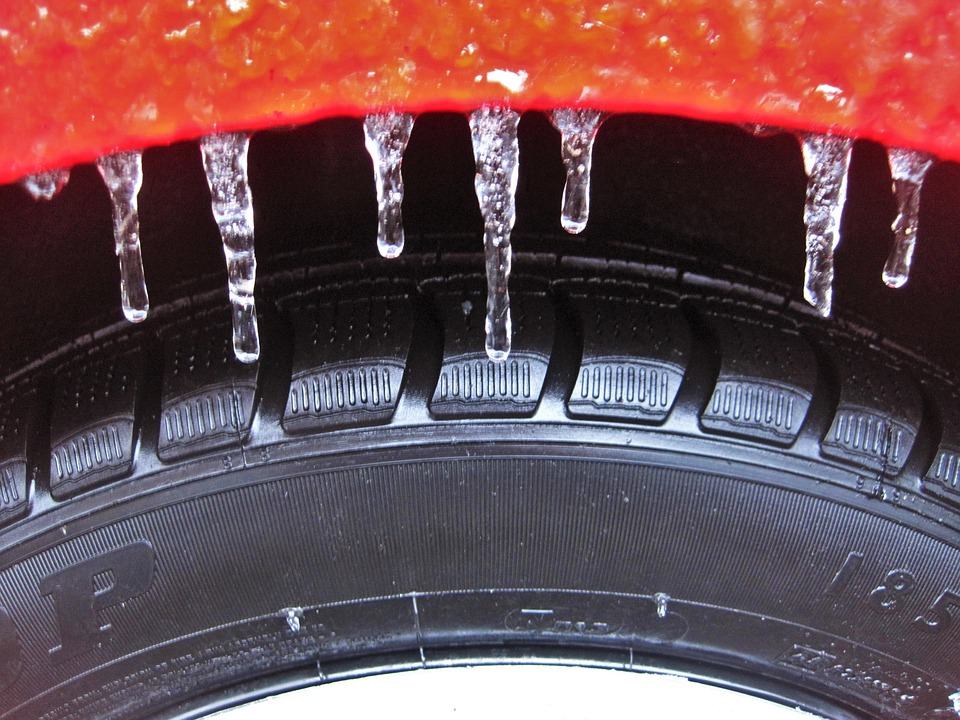If you drive regularly in cold or snowy conditions during the winter months, winter or snow tires are a smart investment. The best time to install winter tires is when the temperature consistently approaches freezing. Even if your vehicle is equipped with traction control or ABS braking, these tires are still beneficial since these systems don’t increase your traction. The tread design of winter tires provides better traction, handling and braking in the snow, ice or slush covered roads. Buy yours now!
Air Pressure.
As the temperature drops, your tire inflation does as well. It’s a good idea to check your tire pressure each month because they require a certain amount of air pressure to work properly. Air pressure typically goes down 1-2 pounds for every 10 degree drop in temperature. Under-inflated tires wear more quickly and more unevenly which makes them more susceptible to damage and wear and tear. It is best to check them before you’ve driven or at least three hours after you’ve driven.
Windshield Safety.
A small crack on the windshield may become a large crack when the weather turns extremely cold. Always repair your windshield before winter begins. Make sure your windshield washer fluid tank is full and in good condition, and remember never to dilute washer fluid with water because it could freeze.
Winter Emergency Checklist.
In case of emergencies, make sure your vehicle is equipped with:
- Four tires
- A shovel
- A tire gauge, jack and fully inflated spare
- Gravel, salt or a small piece of carpet
- Non-perishable food and water
- Jumper cables
- Emergency flares
- Warm clothes or a blanket
- A first-aid kit
- Windshield washer fluid
- A head lamp or light
Before Getting on the Road.
Check reports on road conditions to help you avoid dangerous situations. If conditions are bad, stay off the roads. Don’t forget to have emergency phone numbers on hand. Lastly, make sure you always have at least half a tank of gas to avoid a frozen fuel line.

